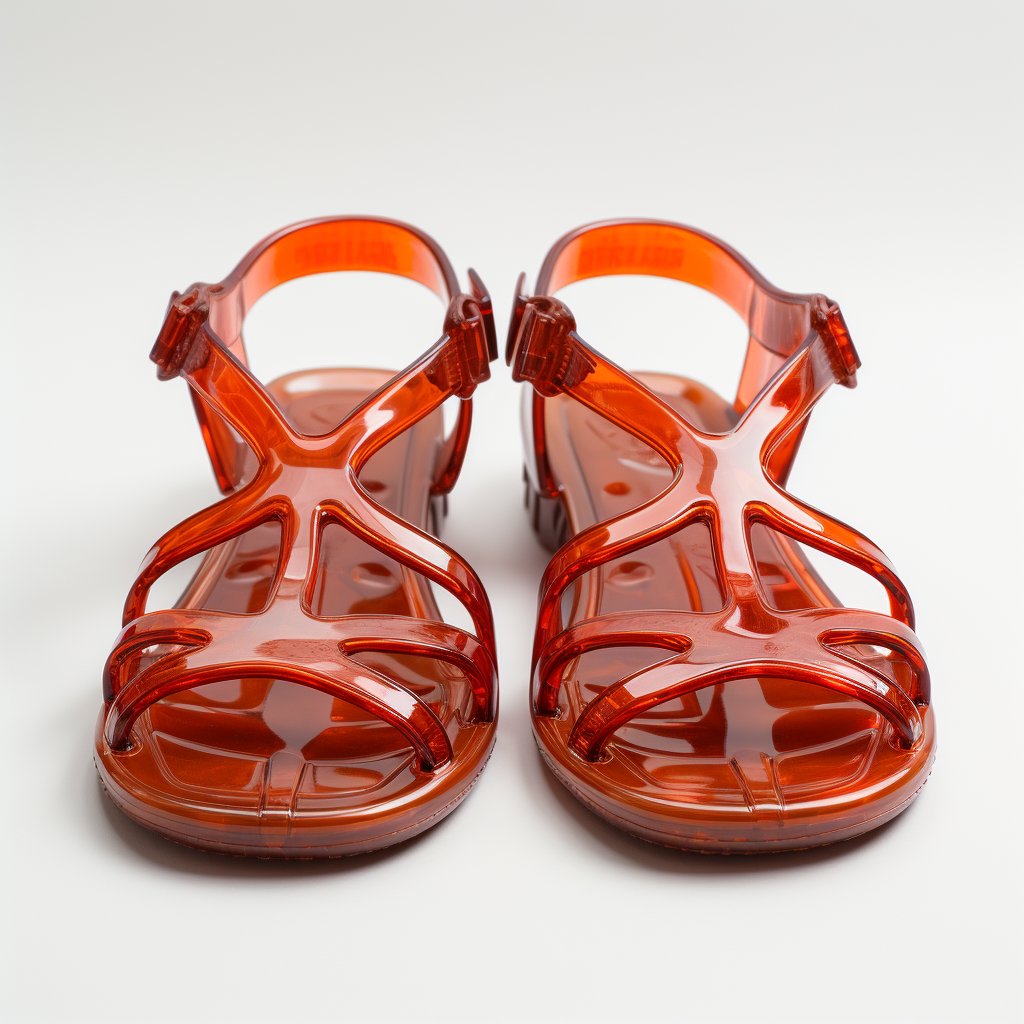Recycled plastic clothes are becoming increasingly popular in the fashion industry as consumers become more aware of the environmental impact of traditional clothing materials. These clothes are made from post-consumer and post-industrial plastic waste collected, sorted, cleaned, and processed into fibres that can be spun into yarns and fabrics.
The fashion industry is a major contributor to environmental pollution, with the production of clothing generating significant amounts of waste and greenhouse gas emissions. To address these challenges, the industry is increasingly turning to sustainable fashion practices, including the use of recycled materials in clothing production. One promising approach is using recycled plastic materials to create clothing, a trend that is gaining momentum worldwide.

Types of Recycled Plastic Clothes
Two main types of recycled plastic clothes are recycled polyester and recycled nylon. Recycled polyester is made from post-consumer and post-industrial PET (polyethene terephthalate) bottles, while recycled nylon is made from post-industrial nylon waste such as fishing nets, carpet scraps, and industrial plastic waste. Both recycled plastic clothes have similar properties to their non-recycled counterparts, making them a sustainable alternative to traditional materials.
Industrial Usage
Recycled plastic clothes have various industrial uses. The fashion industry is one of the biggest users of recycled polyester and nylon, using them to make clothing, accessories, and footwear. The automotive industry is also starting to use recycled polyester and nylon to make seat covers and other interior components.
Application Areas
The application areas for recycled plastic clothes are diverse. Recycled polyester is used to make clothing such as t-shirts, hoodies, leggings, bags, bedding, and carpeting. Recycled nylon is used to make clothing such as swimsuits, athletic wear, outerwear, bags, and accessories.
Consumer Product Examples
Some popular examples are Patagonia’s Recycled polyester clothing line, which uses recycled PET bottles to make jackets, vests, and other outdoor apparel. Adidas’s Primeblue line of clothing and shoes is made from recycled plastic bottles. Stella McCartney’s Falabella Go backpack is made from recycled nylon, while Everlane’s ReNew line is made from recycled plastic bottles.
Material Properties
Recycled plastic clothes have similar properties to their non-recycled counterparts. Recycled polyester has a soft, smooth feel and is durable, lightweight, and quick-drying. Recycled nylon is also durable and lightweight, with a high level of elasticity and resistance to abrasion and chemicals.
Future Trends in Recycling
New recycling technologies are being developed to make recycling plastic waste easier and more cost-effective into high-quality fibres. More companies are investing sustainably, increasing demand for recycled plastic clothes. As sustainability becomes more important to consumers, we expect continued growth in the recycled plastic clothes market.
In conclusion, recycled plastic clothes are a sustainable alternative to traditional clothing materials. They have diverse industrial usage, application areas, and consumer product examples. Recycled polyester and nylon have similar properties to non-recycled counterparts, making them a viable option for clothing and other products.
Properties of recycled clothing:
And different Recycled plastic clothes including market price developments, global impact and future market prognosis.
In addition to the information provided earlier, it’s also essential to look closely at the market price developments, global impact, and future market prognosis for recycled plastic clothes.
Market Price Developments
The availability and demand for recycled plastic materials largely influence the market price for recycled plastic clothes. With increased awareness of sustainability and the negative impact of fast fashion, the demand for recycled plastic clothes has been steadily growing. However, the price for recycled plastic materials can be volatile due to fluctuations in the price of virgin materials, such as crude oil, and changes in supply and demand.
Global Impact
The production of traditional clothing materials like cotton and polyester significantly impacts the environment. According to the World Wildlife Fund, it takes approximately 2,700 litres of water to produce one cotton t-shirt, while polyester production emits large amounts of greenhouse gases. Using recycled plastic materials helps reduce this impact by diverting plastic waste from landfills and reducing the need for virgin materials. Additionally, using recycled plastic materials in clothing can help prevent plastic waste from entering our oceans and harming marine life.
Future Market Prognosis
The market for recycled plastic clothes is expected to continue growing in the coming years. The global recycled textile market was valued at USD 5.8 billion in 2020 and is projected to reach USD 8.8 billion by 2025. Factors driving this growth include increased sustainability awareness, government initiatives to promote recycling, and innovations in recycling technologies.
Environmental Impact
The production of traditional clothing materials can have a significant environmental impact, as mentioned earlier. The use of recycled plastic materials in clothing production helps reduce this impact in several ways:
- Reducing Plastic Waste: Using recycled plastic helps divert plastic waste from landfills and the environment, reducing the amount of plastic waste that ends up in our oceans and other natural habitats.
- Conservation of Resources: The use of recycled plastic materials in clothing production reduces the need for virgin materials, such as crude oil, which are used in the production of traditional clothing materials.
- Reduced Carbon Footprint: The production of recycled plastic materials typically requires less energy and produces fewer greenhouse gas emissions than virgin materials. This helps reduce the carbon footprint of clothing production.
Economic Impact
The use of recycled plastic materials in clothing production also has economic impacts:
- Job Creation: The recycling industry is a growing sector that provides job opportunities in waste management, collection, and recycling.
- Cost Savings: Using recycled plastic materials can help reduce the cost of clothing production, as recycled materials are often less expensive than virgin materials.
- Market Growth: The growing demand for sustainable fashion and the use of recycled plastic materials in clothing production creates opportunities for growth in the recycled textile market.
However, it’s important to note that there are also economic challenges associated with the recycling industry, such as the cost of collecting and processing plastic waste and the volatility of the recycled materials market.
Recycled plastic clothes:
Recycled plastic clothes positively impact the environment and offer a sustainable alternative to traditional clothing materials. While market price developments can be volatile, the increasing demand for sustainable fashion is expected to drive continued growth in the market for recycled plastic clothes. As more companies and consumers embrace sustainability, the future looks bright for the recycled plastic clothing industry.
Using recycled plastic clothes positively impacts the environment by reducing plastic waste, conserving resources, and reducing the carbon footprint of clothing production. Additionally, using recycled plastic materials has economic benefits such as job creation, cost savings, and market growth. However, the recycling industry also faces financial challenges that must be addressed for the industry to continue growing and positively impact the environment and economy.






